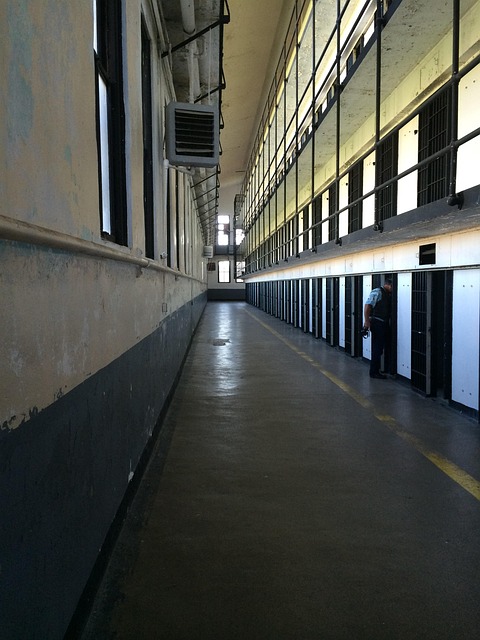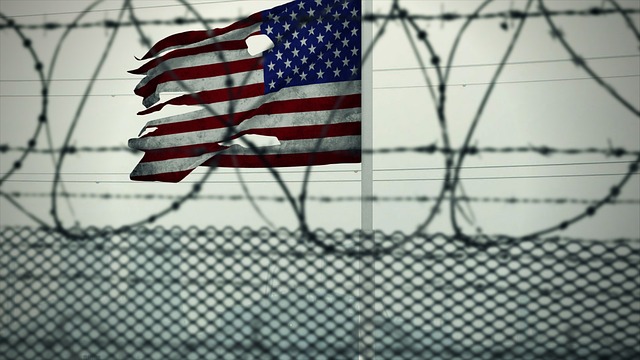College campuses face unique DUI prevention challenges due to independence, social gatherings, and peer pressure. Effective strategies include comprehensive education on responsible drinking, robust law enforcement, awareness campaigns highlighting penalties, technology for monitoring and intervention, and innovative solutions. By integrating these approaches, colleges can significantly reduce alcohol-related incidents and enhance safety. Measuring success through monitoring and evaluation frameworks ensures policies remain effective based on data and student feedback.
College campus DUI prevention faces unique challenges, with loopholes in current systems often exacerbating the problem. This article delves into the intricacies of understanding college campus DUI challenges, identifying common legal and enforcement gaps, and providing effective strategies to enhance safety. We explore best practices for closing these loopholes and outline key metrics for measuring success in monitoring and evaluating their impact on campus safety.
- Understanding College Campus DUI Prevention Challenges
- Identifying Common Loopholes in Current Systems
- Effective Strategies to Close Gaps and Enhance Safety
- Measuring Success: Monitoring and Evaluating Impact of Loophole Closure
Understanding College Campus DUI Prevention Challenges

College campuses face unique challenges when it comes to DUI (Driving Under the Influence) prevention. With a high concentration of young adults, many of whom are experiencing independence for the first time, the risk of alcohol-impaired driving is heightened. Social gatherings and parties, often involving excessive drinking, are prevalent on college campuses, creating an environment that can foster risky behaviors. Students may not fully grasp the consequences of their actions, especially when peer pressure or a sense of invincibility comes into play.
These challenges necessitate comprehensive strategies tailored to college campus DUI prevention. It involves educating students about responsible drinking, implementing robust law enforcement measures, and promoting awareness campaigns that emphasize the severe penalties associated with DUI offenses. Additionally, utilizing technology for monitoring and intervention can be effective. By combining educational initiatives, strict enforcement, and innovative solutions, colleges and universities can play a pivotal role in reducing alcohol-related incidents and ensuring the safety of their students and surrounding communities.
Identifying Common Loopholes in Current Systems

In the realm of College Campus DUI (Drunk Driving Under Influence) prevention, identifying loopholes in current systems is a pivotal first step. Many students are unaware or underestimate the risks associated with operating vehicles under the influence, often due to a lack of clear understanding of the laws or a misconception about their abilities. A significant loophole lies in the enforcement and interpretation of existing laws, which can be inconsistent across different institutions and geographic locations. This variability allows for gaps that cunning individuals may exploit, making it crucial for campus authorities and law enforcement agencies to collaborate on standardized protocols.
Another common pitfall is the lack of comprehensive education initiatives targeting at-risk populations, such as first-year students or those from cultures normalizing excessive alcohol consumption. Moreover, technological advancements have introduced new challenges; for instance, ride-sharing apps can inadvertently facilitate drunk driving by providing a sense of anonymity and convenience. Addressing these loopholes demands an integrated approach that combines stricter enforcement, innovative educational campaigns, and the adoption of cutting-edge technology to bridge the gaps in College Campus DUI Prevention.
Effective Strategies to Close Gaps and Enhance Safety

Closing gaps in college campus DUI prevention is a multifaceted approach that combines education, enforcement, and environmental design. Effective strategies involve implementing robust educational programs to raise awareness about responsible drinking and the dangers of driving under the influence. These programs can take various forms, such as workshops, peer-led discussions, and interactive simulations, targeting both first-time students and those with prior experiences.
Moreover, enhancing safety on college campuses requires a proactive enforcement strategy. This includes increased presence of campus security and law enforcement officers during high-risk periods, such as weekends and holidays, to deter potential DUI incidents. Additionally, utilizing technology like breathalyzer tests at events and implementing robust ID checks can significantly reduce access to alcohol for underage students. These measures, coupled with a well-designed physical environment that discourages late-night gatherings in secluded areas, create a safer campus atmosphere.
Measuring Success: Monitoring and Evaluating Impact of Loophole Closure

Measuring Success is a critical aspect of closing loopholes, especially in sensitive areas like College Campus DUI (Drunk Driving Underage) prevention. To gauge the effectiveness of loophole closure initiatives, comprehensive monitoring and evaluation frameworks must be implemented. This involves tracking key performance indicators (KPIs) such as the reduction in DUI incidents involving college students, changes in student awareness levels through surveys, and the overall safety perception on campus.
Regular data collection and analysis provide valuable insights into the program’s impact. For instance, a decline in DUI arrests over successive semesters could indicate successful loophole closure measures. Additionally, evaluating student feedback and attitudes towards campus safety can reveal the perceived effectiveness of new policies and interventions, ensuring that efforts remain aligned with actual needs and expectations.
By identifying and closing loopholes in current systems, college campus DUI prevention can significantly enhance safety. Implementing effective strategies, such as stricter enforcement policies, improved education programs, and advanced technology solutions, can help mitigate risks associated with alcohol consumption among students. Measuring the success of these efforts through monitoring and evaluating the impact of loophole closure is crucial for continuous improvement, ensuring a safer environment for everyone on campus.






